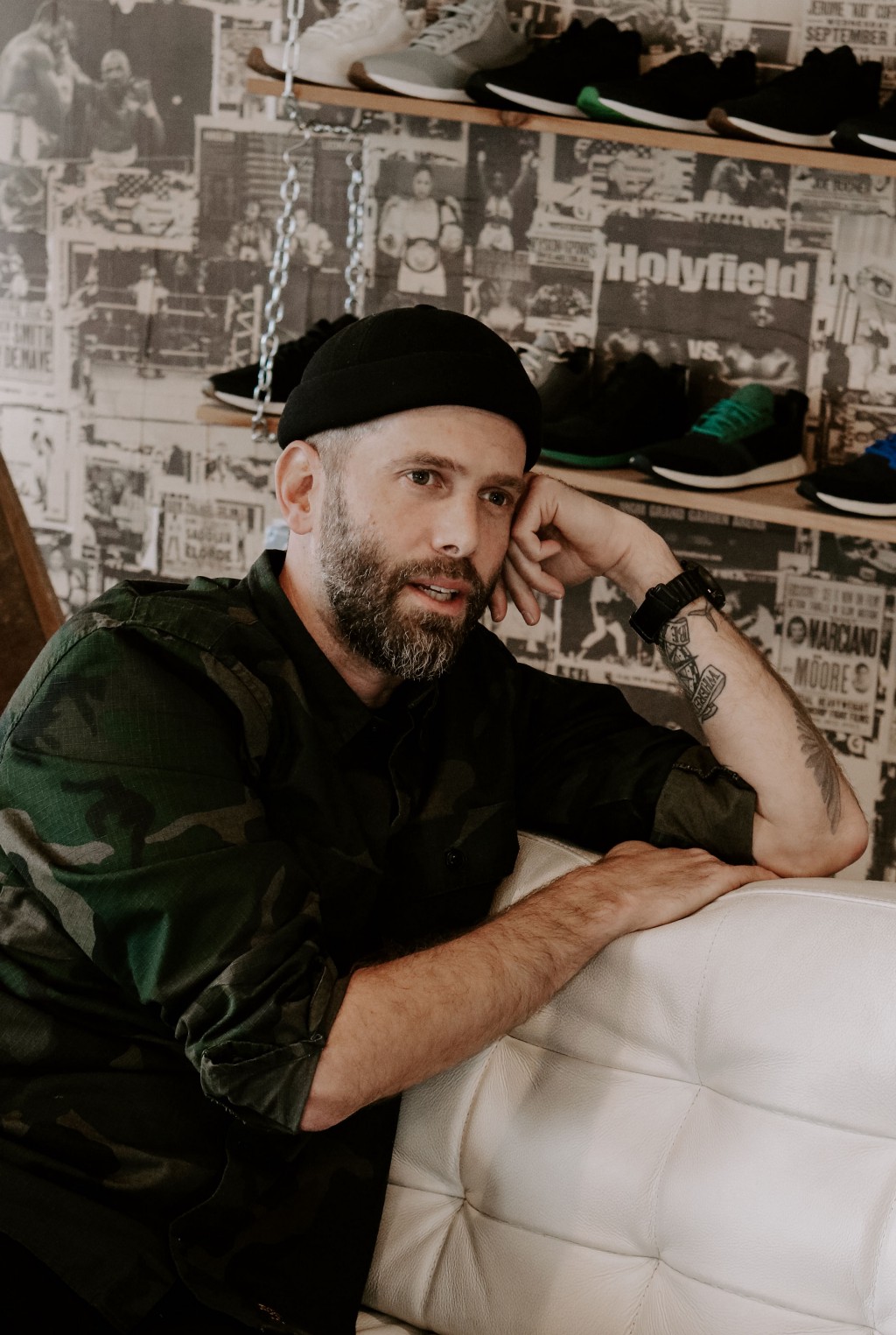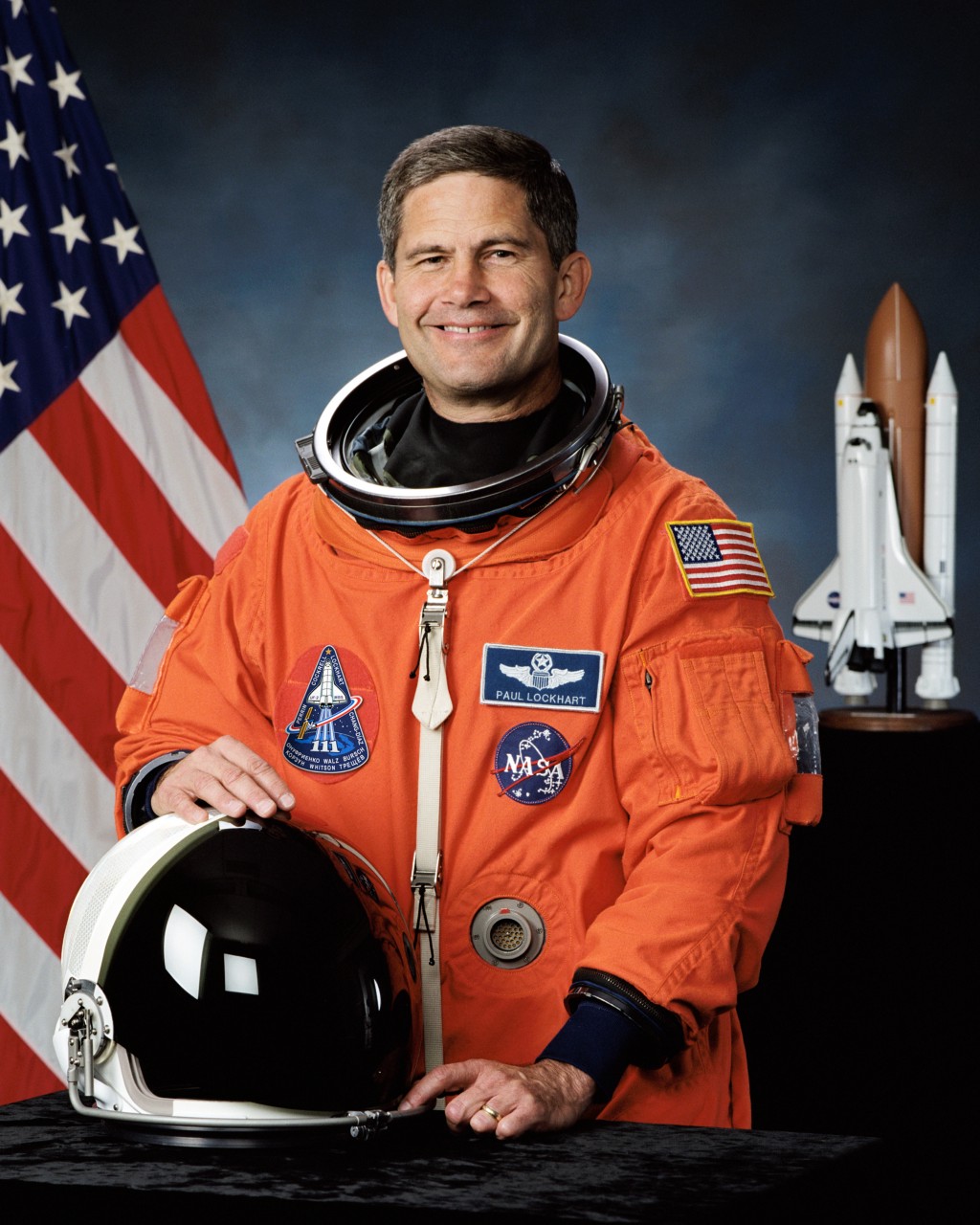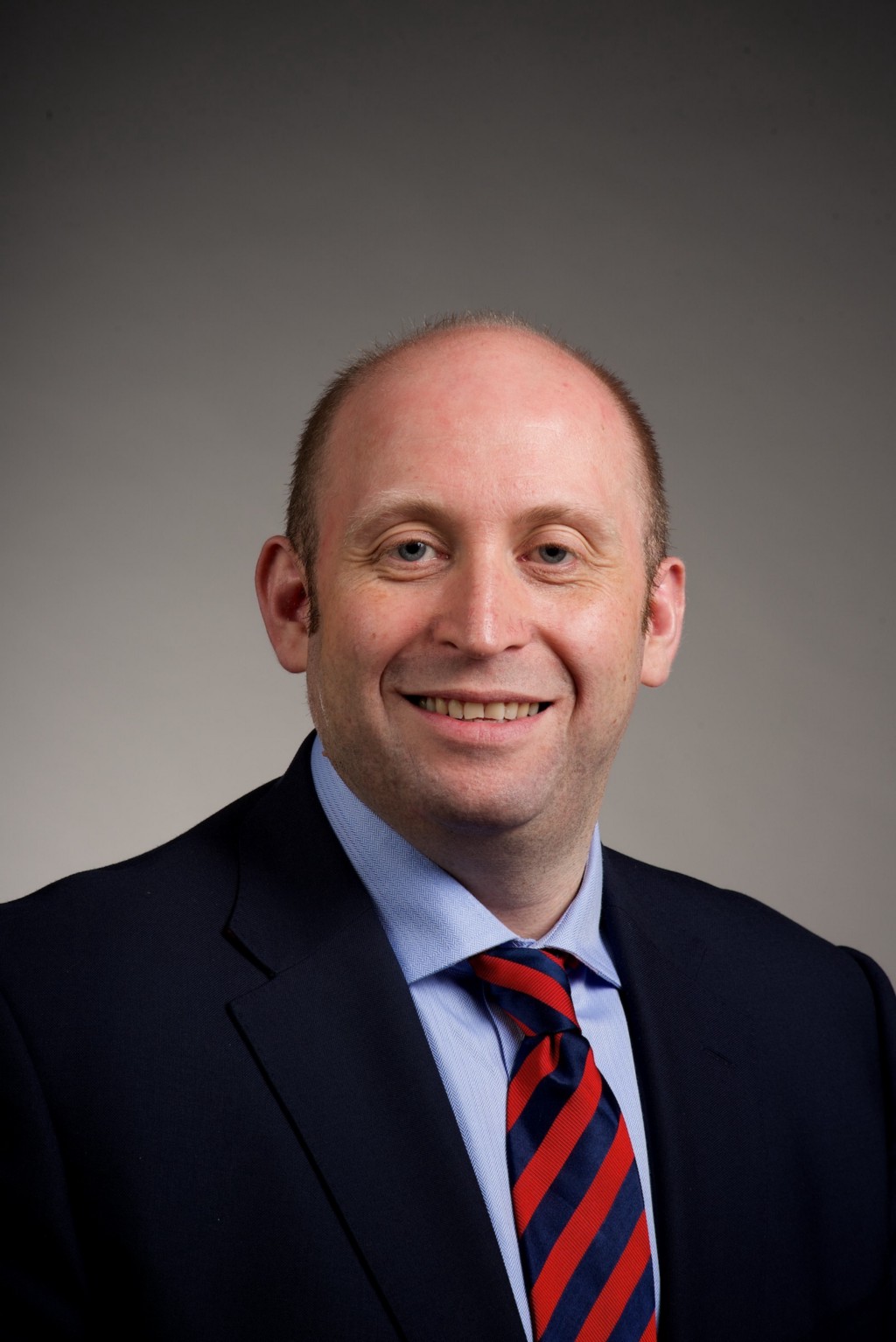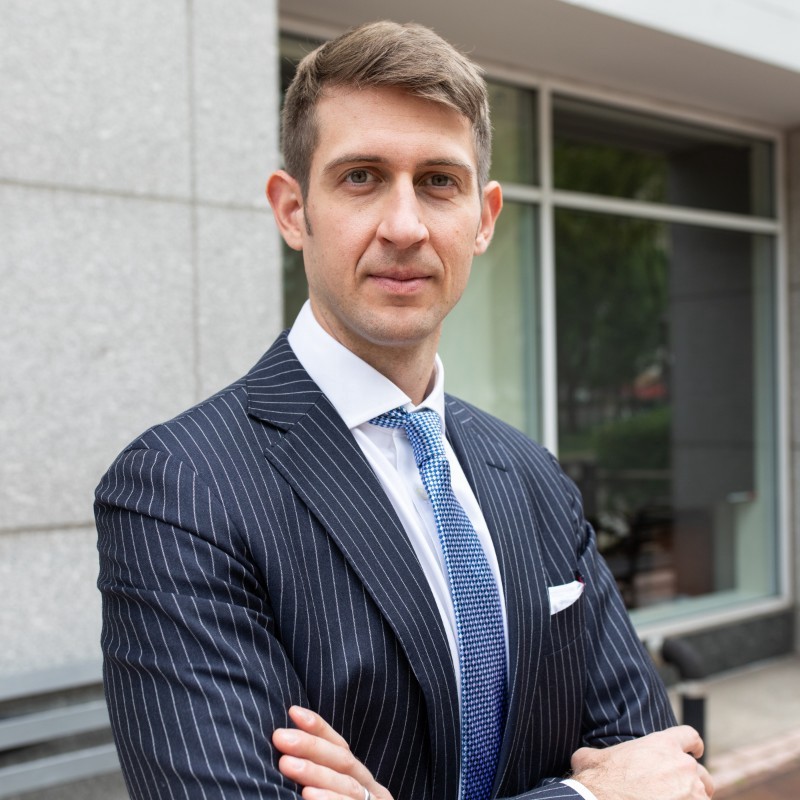The Future Is Now: Mark McGarry of YORK Athletics On How Their Technological Innovation Will Shake Up The Footwear Industry
Your mindset determines your success. I believe that we often set our own limitations in life and get in the way of our own success. Once I had an awareness of this for myself and started investing time in shaping up my own mindset I began to stretch myself, take more risks and 9 times out of 10 achieved my goals.
As a part of our series about cutting edge technological breakthroughs, I had the pleasure of interviewing Mark McGarry.
Entrepreneur and sneaker industry veteran, Mark McGarry is the CEO & Co-Founder of YORK Athletics Mfg., an independently owned performance footwear company that celebrates the spirit of the everyday fighter.
Mark’s interest in the sneaker industry began as a coach at a snowboard camp owned by footwear and apparel company, Vans. That led him to work for a skateboarding footwear brand and then to leadership roles at Nike and PUMA. While at PUMA, Mark traveled the globe as a senior executive responsible for brand strategy of PUMA’s global sport-lifestyle footwear portfolio.
In 2016, Mark pursued his dream of re-launching a legacy brand into the e-commerce space. He teamed up with the York family, a family company that has been designing sportswear for athletes since 1946, to launch YORK Athletics. Today, the brand is disrupting the sneaker industry with their award-winning unisex performance footwear.
Voted Best of Boston E-Commerce Retailer 2019, YORK’s signature sneaker was named “2018 Best Cross Training Shoe” by Men’s Health Magazine and praised by ESPN, Esquire, POPSUGAR Fitness, Footwear News and more for the versatility of their design.
Thank you so much for doing this with us! Can you tell us a story about what brought you to this specific career path?
My path as a skateboarder ultimately led me to the sneaker industry. After college, I got a job teaching skateboarding and snowboarding at a summer camp in Oregon that was owned by Van’s Footwear and ended up moving to Portland after that. Nike was launching a new skateboarding division at that time and I was fortunate enough to get my foot in the door. I was 23 years old and it was my first real job in the footwear industry, it was a dream gig. We had a skateboard park in our office, a bottomless keg of Pabst Blue Ribbon and I started traveling with the pro skateboarders that I looked up to as a kid. I’ve been hooked on the footwear & apparel industry ever since. I often wonder where I’d be today if I never picked up a skateboard.
Can you share the most interesting story that happened to you since you began your career?
When I co-founded YORK Athletics I had the challenge of working for myself. So many things had to get done and nothing could be done fast enough for my liking. From fundraising, to securing our factory partners and building our operating team, I was really overwhelmed and struggled with the fact that I could not get through my daily to-do lists. I’d crawl into bed at night and have this feeling that when I stopped, the company stopped which is obviously not a healthy feeling. I did have the foresight to know that I had to evolve or I’d burn out quickly. It was the beginning of a long and continuous personal growth journey to find calm in the chaos of running a start-up company.
Can you tell us about the Cutting edge technological breakthroughs that you are working on? How do you think that will help people?
Our YORK Fit Finder is a three-dimensional foot measurement tool designed to identify precise shoe size using the camera on a phone or tablet. Developed in partnership with Findmeashoe, a world leader in digital shoe sizing and fitting, the YORK Fit Finder uses a proprietary 3D scanning technology that scans and measures the entire shape and proportions of the foot to identify a personalized shoe size recommendation from the comfort of home. Unlike other footwear fitting technologies, the YORK Fit Finder simulates your foot entry and position inside the shoe.
It is a breakthrough because the Fit Finder’s state-of-the-art image processing technology scans and measures foot length, width, shape and proportions of both foot and footwear to simulate fit. It is the only footwear fitting tool that scans every sneaker style, placing the dimensions of your foot in each YORK sneaker to then produce an extremely accurate footwear size recommendation for each style, all in less than five minutes.
How do you think this might change the world?
The YORK Fit Finder will change the footwear industry. This kind of technology helps deliver innovation to an area of the footwear industry that has gone without it for far too long — the actual sizing & fitting experience. For most of us, the first (and perhaps the only) time we ever checked the size of our feet was using the old, cold metal Brannock device at a local department store. This provided very basic length and width estimations for your feet, and made a size recommendation from it. However, this creates a very rudimentary 2D outline for your feet, and certainly doesn’t take into account the volumetric shape of your foot.
By understanding not only length and width, but your truly unique foot shape, the footwear industry can better serve its customers by a) making the best possible size and style recommendation for you, and b) design a better product with this kind of data in mind.
Keeping “Black Mirror” in mind can you see any potential drawbacks about this technology that people should think more deeply about?
The only drawback is that it does require the end-user to have access to a few items: one or two sheets of blank white paper and a smartphone. Thankfully these are items found in nearly every household; however, it still may limit some from being able to participate at the exact moment they are shopping (on a train, waiting in an office, etc). Regardless, we’ve tried to make sure we’ve lowered the barrier of entry for our customers, wherever possible.
Was there a “tipping point” that led you to this breakthrough? Can you tell us that story?
Yes, with more customers getting comfortable purchasing athletic footwear at home and the footwear eCommerce category projecting 30–50% growth over the next 5 years someone had to step up and figure out an at home fitting solution. The ‘try on 3 pairs and ship back 2’ thing was getting old and consumers deserve better. Given our focus and commitment to fit, we’ve leveraged being a small business to our advantage against the footwear giants. We knew we could innovate and get the Fit Finder technology to market quickly because we manufacture one proprietary last shape to optimize for fit, compared to the thousands of last shapes that big footwear companies churn out each year. Our Fit Finder algorithm integrates our customer’s foot scans and the shape of our last and sneaker shape to recommend a guaranteed YORK Athletics size, right out of the gate.
What do you need to lead this technology to widespread adoption?
Arguably, the first two steps necessary don’t require technology at all. I think we first need to help educate consumers about why fit is so important when it comes to footwear. It’s hard to reach mass adoption if people don’t recognize it’s a problem they have. However, 60% of people’s shoes don’t fit properly, so it’s our job to first make people aware of that. Second, we need to encourage people to have a sense of curiosity to discover that the size they have potentially been wearing for most of their adult life, could be incorrect. Lastly, we need to make sure that this foot sizing technology is unbelievably quick and easy to use. We feel like we’ve done a really good job of that upfront, but as we continue to receive user feedback, we will continually improve upon it.
What have you been doing to publicize this idea? Have you been using any innovative marketing strategies?
Before we launched the Fit Finder, we asked 150 of our most loyal customers to try it. We were as interested in seeing the results as they were, and in the corner cases where the Fit Finder gave these loyal customers different results than they were wearing, we shipped those customers their new size to try. While it wasn’t a lot of people, the handful of customers who went through this process were surprised to find they were wearing the wrong size! We used their real life feedback in social media ads when we launched the Fit Finder, as well as spreading the word through the rest of our community.
None of us are able to achieve success without some help along the way. Is there a particular person who you are grateful towards who helped get you to where you are? Can you share a story about that?
My family. My two boys, Mikael and Kieren, and in particular my wife Elizabeth. Having their love, support and this stability has allowed me to stretch myself more on the career front.
I’m a classic, hard-charging, get it done, type A dude when it comes to career and work ethic. As we know, over time this can start to wreak havoc on your overall well-being. Elizabeth once asked me if I’d ever be content with where I was at in my career and I instantly knew the answer, never. It was the first awareness I’ve ever had of this and I got really curious about how our brains work and started to understand the downside of this wiring. She bought me a book called Saltwater Buddha by Jaimal Yogis, that really opened my mind up to meditation and going inward instead of looking to outside forces for contentment and happiness.
How have you used your success to bring goodness to the world?
At YORK Athletics, we live and breath our purpose everyday and are fortunate to be in a position where we’re able to promote physical and mental health in the world today. We formalized and launched our YORK Gives program in early 2020. As part of the program, we created #FightFromHome at the onset of the pandemic to help keep everyday fighters and those in need on their feet. In April 2020, we kicked off the movement with a community initiative to assist COVID-19 frontline workers. Our customers went to our website to donate a pair of YORK’s sneakers to a loved one on the COVID-19 front line. A custom, inspirational note thanking them for their service and courage was sent with the donated sneakers. We then sent the customer a free pair of sneakers of their choice. We also donated 50 pairs of our best footwear for the front lines to the workers at Boston’s Community Servings. It was a huge success and we donated thousands of pairs to front line workers across the country.
In September 2020, we continued the movement with the help of Gold Medalist Gymnast and advocate Aly Raisman to assist families navigating homelessness, which has been exacerbated during the COVID-19 pandemic. Inspired by Raisman’s work with non-profit Heading Home, for every purchase of a pair of Raisman’s YORK Athletics signature sneaker we will donate a pair of sneakers with an inspirational message to an individual experiencing homelessness. The donation provides encouragement and physical support to stand tall and keep on fighting.
What are your “5 Things I Wish Someone Told Me Before I Started” and why. (Please share a story or example for each.)
1. Your mindset determines your success. I believe that we often set our own limitations in life and get in the way of our own success. Once I had an awareness of this for myself and started investing time in shaping up my own mindset I began to stretch myself, take more risks and 9 times out of 10 achieved my goals.
2. Stay true to yourself. I was an outlier in high school as well as in my career, taking the skateboarder path. I gravitated towards independent thinkers in general. When you remain authentic to yourself and your values, they will eventually become your superpowers. Stop comparing yourself to others and be you.
3. It takes time.
4. Focus on what matters. Us type A chargers love ‘to do’ lists and I quickly learned that in a fast-paced start-up environment it was nearly impossible to cross everything off on a daily basis and maintain a healthy work/life balance. I started listing out only 3 priorities for the year, month, week and each day that helped me identify the ‘needle-moving’ priorities that would either strengthen our brand purpose or generate revenue.
5. Clarify your purpose as a company and as an individual. Does the world need another _____? Fill in the blank for your company or brand concept. Distractions are at an all-time high today and cutting through the clutter takes a lot of product and brand differentiation; and on the personal front a whole lot of motivation to manifest success. Make sure that your company’s mission and personal motivations are in step with one another.
You are a person of great influence. If you could inspire a movement that would bring the most amount of good to the most amount of people, what would that be? You never know what your idea can trigger. 🙂
I would love to see the world wake up. There’s a lot of not awesome stuff going on in the world right now and so many people are suffering. I am hopeful that the ongoing movement to live more consciously and mindfully will continue to grow so we can all deepen our connection with one another, the planet and live with more empathy.
Can you please give us your favorite “Life Lesson Quote”? Can you share how that was relevant to you in your life?
My favorite is ‘You can’t stop the waves but you can learn to surf’. I’m biased being a surfer but love this one. It means that we’re all facing or going to face adversity in our personal life or in business and instead of avoiding those challenges we can learn to surf them or embrace them as transformative opportunities to better ourselves and those around us. I recently put this into practice when my father passed away this summer. It was a very difficult time for me and my family, but I chose to nurture every minute of the experience and just be present as it was unfolding and not getting too caught up in the ‘why me’ thinking. The result, although painful, ended up being a beautiful and transformative experience for myself, family and those close to my father.
Some very well known VCs read this column. If you had 60 seconds to make a pitch to a VC, what would you say? He or she might just see this if we tag them 🙂
60% of people today are wearing the wrong size of sneakers! The old school fitting methods like the 90-year-old Brannock device was built for retail and not for eCommerce. Our obsession with fit and our ability to innovate quickly has provided a long-overdue solution for our customers. YORK manufactures the world’s best fitting cross-training sneaker and now our ability to gather new foot shape data will strengthen and further our commitment to fit.
How can our readers follow you on social media?
https://www.instagram.com/yorkathleticsmfg/
https://www.facebook.com/yorkathleticsmfg/
Thank you so much for joining us. This was very inspirational.
The Future Is Now: Mark McGarry of YORK Athletics On How Their Technological Innovation Will Shake… was originally published in Authority Magazine on Medium, where people are continuing the conversation by highlighting and responding to this story.








